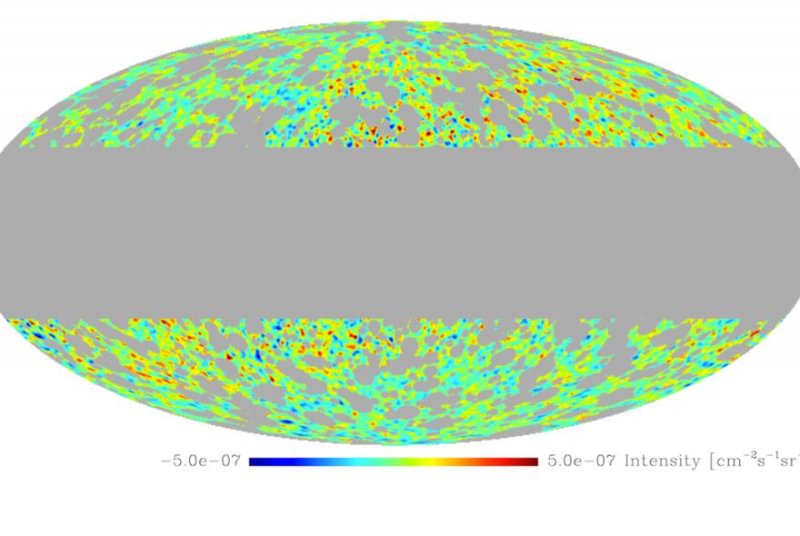AMSTERDAM, Netherlands, Dec. 19 (UPI) -- The latest analysis of the universe's gamma-ray background has revealed two different source classes but no evidence of dark matter particles.
Gamma rays are the highest-energy light particles in the cosmos. Most gamma ray particles are produced by supermassive black holes, or blazars. Some particles are emitted by pulsars and supernovae.















